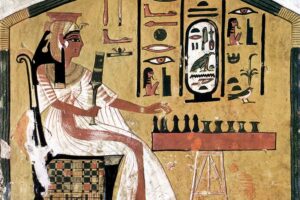
The Birth of a National Symbol
Argentina’s flag is instantly recognizable around the world, with its iconic sky-blue and white stripes. But beyond its striking design, few people know the fascinating history and hidden secrets behind this national symbol.
The Inspiration
The story of Argentina’s flag begins in the early 19th century, during the country’s struggle for independence from Spanish colonial rule. The flag’s design was inspired by the revolutionary ideals of the time, with its blue and white colors symbolizing the desire for freedom and equality.
Legend has it that General Manuel Belgrano, one of the key figures in Argentina’s fight for independence, came up with the idea for the flag during the Battle of Rosario in 1812. As the story goes, Belgrano saw the clear blue sky and the white clouds above him and decided to use these colors to represent the new nation.
The Evolution
While the design of Argentina’s flag was established in 1812, it underwent several changes throughout the years. Initially, the flag featured two horizontal white and blue stripes, with the national coat of arms in the center. However, in 1818, the coat of arms was removed, leaving only the blue and white stripes that we see today.
Over time, the flag became more than just a symbol of independence. It came to represent the values and aspirations of the Argentine people. The blue stripes represent the clear skies and the Atlantic Ocean that surround the country, while the white symbolizes purity, integrity, and peace.
The Sun of May
One of the most intriguing aspects of Argentina’s flag is the emblem that sits at its center: the Sun of May. This radiant sun with a face is a symbol deeply rooted in Argentine history and culture.
The Sun of May represents the Inca sun god Inti and was adopted as a national emblem after Argentina gained independence. It is a powerful symbol of strength, unity, and the new dawn of a free nation.
Flag Day Celebrations
Every year on June 20th, Argentina celebrates Flag Day to commemorate the creation of its national flag. This date was chosen in honor of General Belgrano, who first raised the flag in Rosario on that day in 1812.
Flag Day is a time for the Argentine people to come together and reflect on the significance of their flag. It is a day of national pride and unity, with parades, ceremonies, and flag-raising events taking place across the country.
The Legacy Lives On
Argentina’s flag has become an enduring symbol of the nation’s history, culture, and values. It flies proudly in public spaces, adorns government buildings, and is cherished by the Argentine people.
While the flag’s design may seem simple, its hidden secrets and rich symbolism make it a powerful representation of Argentina’s journey towards independence and its ongoing pursuit of freedom and equality.
Next time you see Argentina’s flag waving proudly in the wind, take a moment to appreciate the untold history and hidden secrets behind this iconic national symbol.






